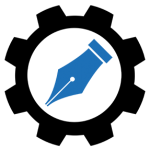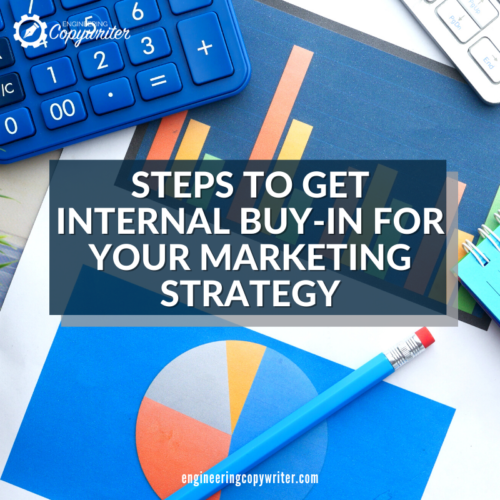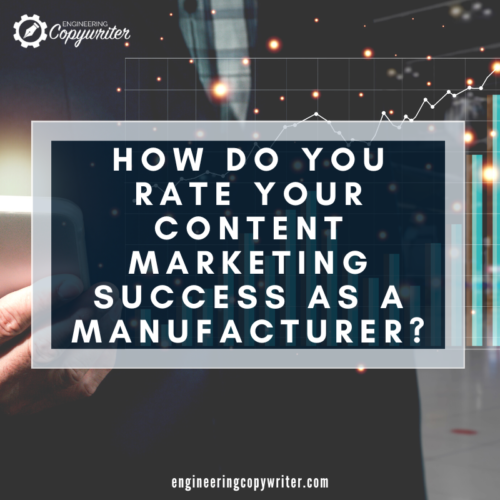5. Involve your audience
 A one-sided discussion is the fastest way to lose your audience. Stakeholders are much more likely to be entertained and get on board with your proposal when they’re actively involved in the discussion.
A one-sided discussion is the fastest way to lose your audience. Stakeholders are much more likely to be entertained and get on board with your proposal when they’re actively involved in the discussion.
Involve the shareholders in a conversation. Provide them with facts, encourage them to raise questions, attend to their problems, and promote dialogue. When your proposal is sound, a lively debate can frequently work to your advantage. This will highlight the necessity of the initiative and allow you to develop multiple levels of communication.
6. Boost your communication using data
Data is among the most effective resources in your persuasive communication toolbox. When presented correctly, it can give your proposals more significance and legitimacy. Real data removes the guesswork, allowing you to avoid arguments based on partiality and assumptions. It does not even require you to be as thorough as you were with your main pitch.
Select the most relevant statistical data that accurately represents your claims. Display it in an appealing manner that can be easily understood. Prepare additional support presentations with detailed explanations of the statistics and then offer them as needed.
7. Make use of a good project planning tool
Coordinating projects between departments can be difficult. Thus, you’ll have to select a convenient project planning tool. An effective project planning tool will keep you on schedule and help you accomplish both short-term and long-term goals.
It also provides you with transparent tracking of project timelines and updates. You will likely get better internal buy-in if the stakeholders are able to see the progress of each strategy that you have discussed in your meeting. Make things simpler and more effective by searching for tools with good accessibility like finance displays and personal time monitoring.
8. Examine and ponder
Finally, evaluate and think about the ways your marketing strategy is progressing. It can be a good idea to do this multiple times in the middle and at the end of the marketing project timeline. Your evaluations can help confirm your plan’s effectiveness or identify ways to improve the overall marketing strategy.
Why is internal buy-in important for your marketing strategy?
Internal buy-in boosts the initiative’s chances of success. The program’s longevity will improve when internal partners are on board. Ultimately, the project planning procedure will also be significantly easier and, in many cases, more productive. Below are the reasons why it is important:
1. Marketing strategies that have achieved true internal buy-in will match external marketing speculations and give the entire market a truer sense of your brand identity.
2. It encourages more genuine sales and marketing efforts, thus boosting client engagement.
3. Successful buy-in creates a strong business culture in which employees feel invested in the product and participate in activities for more reasons than just wages.
4. Effective corporate traditions that encourage employee involvement result is cheerful and more efficient employees.
5. Employees that are pleased with their jobs and their roles in the company are more likely to stay on and create a solid cultural base upon which to grow.
6. Employee satisfaction leads to less turnover and lower onboarding and recruitment costs.
Drop us a line for any of your content marketing needs to further boost your internal buy-in needs!





 The first step in getting internal buy-in is simply identifying your stakeholders. You need to understand their responsibilities, problems, demands, and objectives. Consider the needs of stakeholders from every relevant department or unit, and map out the ways they integrate into the
The first step in getting internal buy-in is simply identifying your stakeholders. You need to understand their responsibilities, problems, demands, and objectives. Consider the needs of stakeholders from every relevant department or unit, and map out the ways they integrate into the  A one-sided discussion is the fastest way to lose your audience. Stakeholders are much more likely to be entertained and get on board with your proposal when they’re actively involved in the discussion.
A one-sided discussion is the fastest way to lose your audience. Stakeholders are much more likely to be entertained and get on board with your proposal when they’re actively involved in the discussion. 
